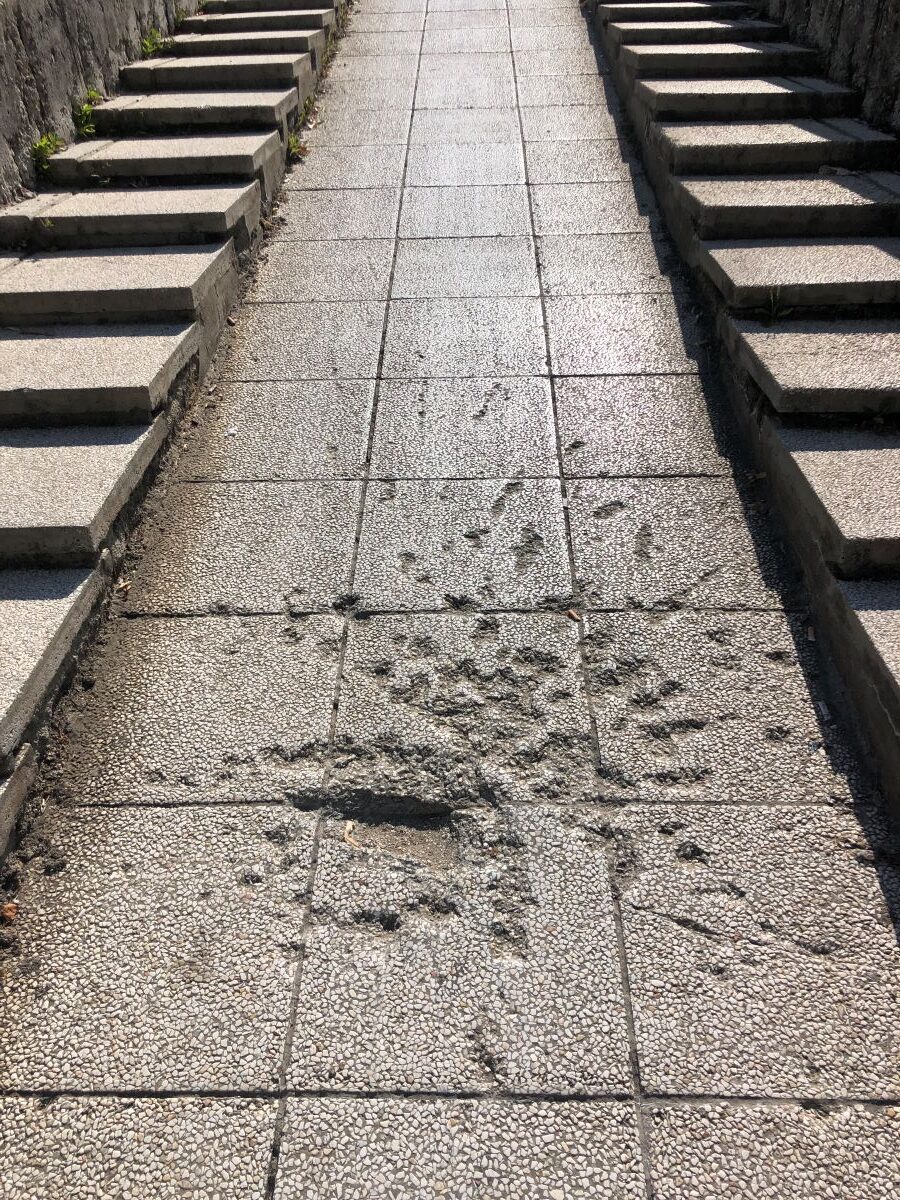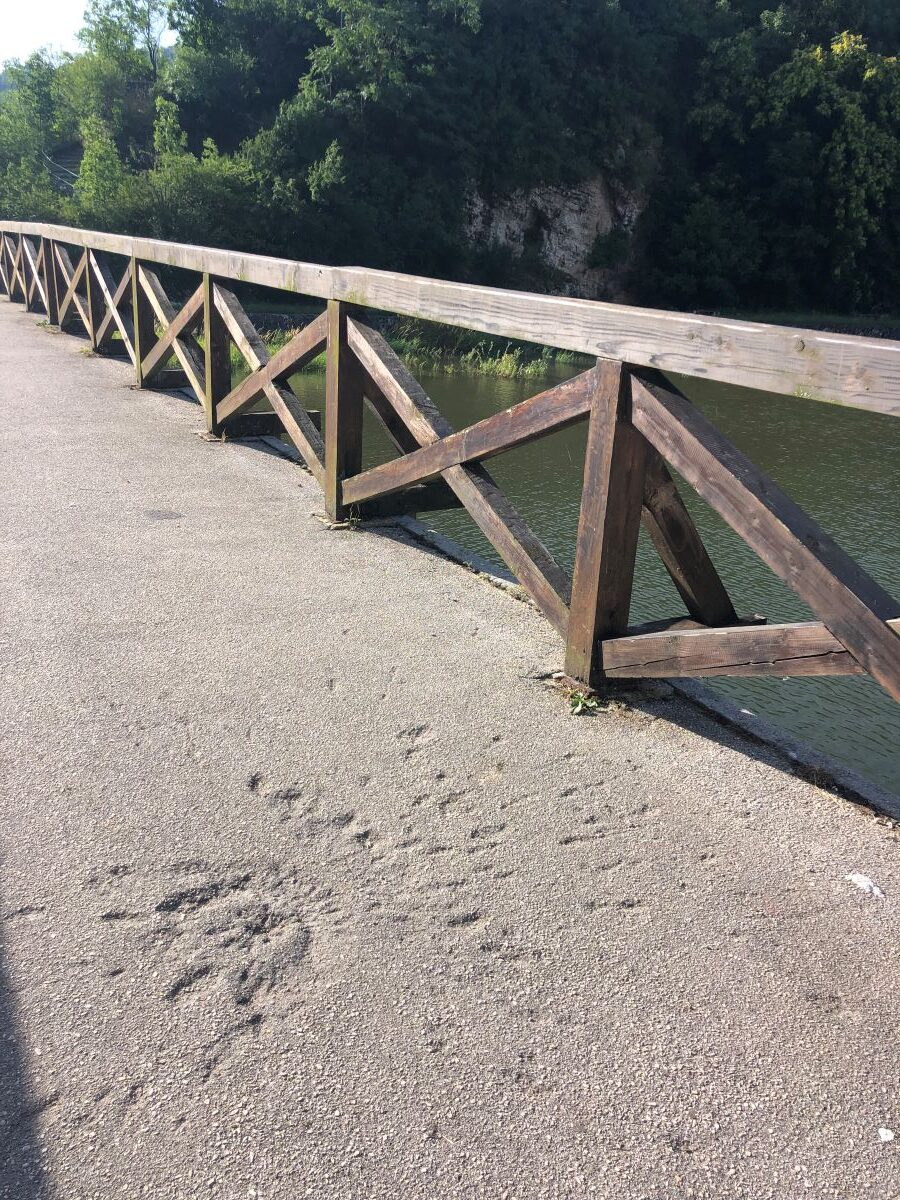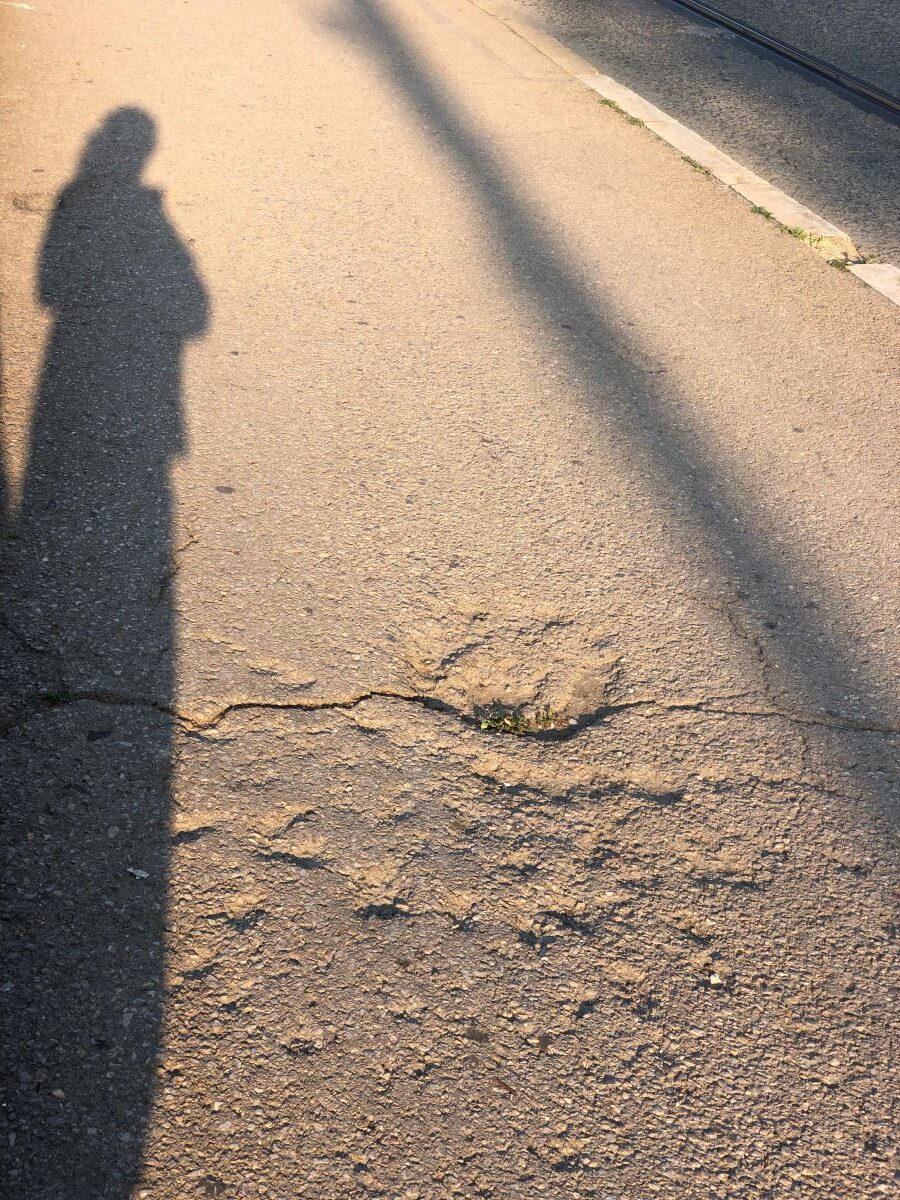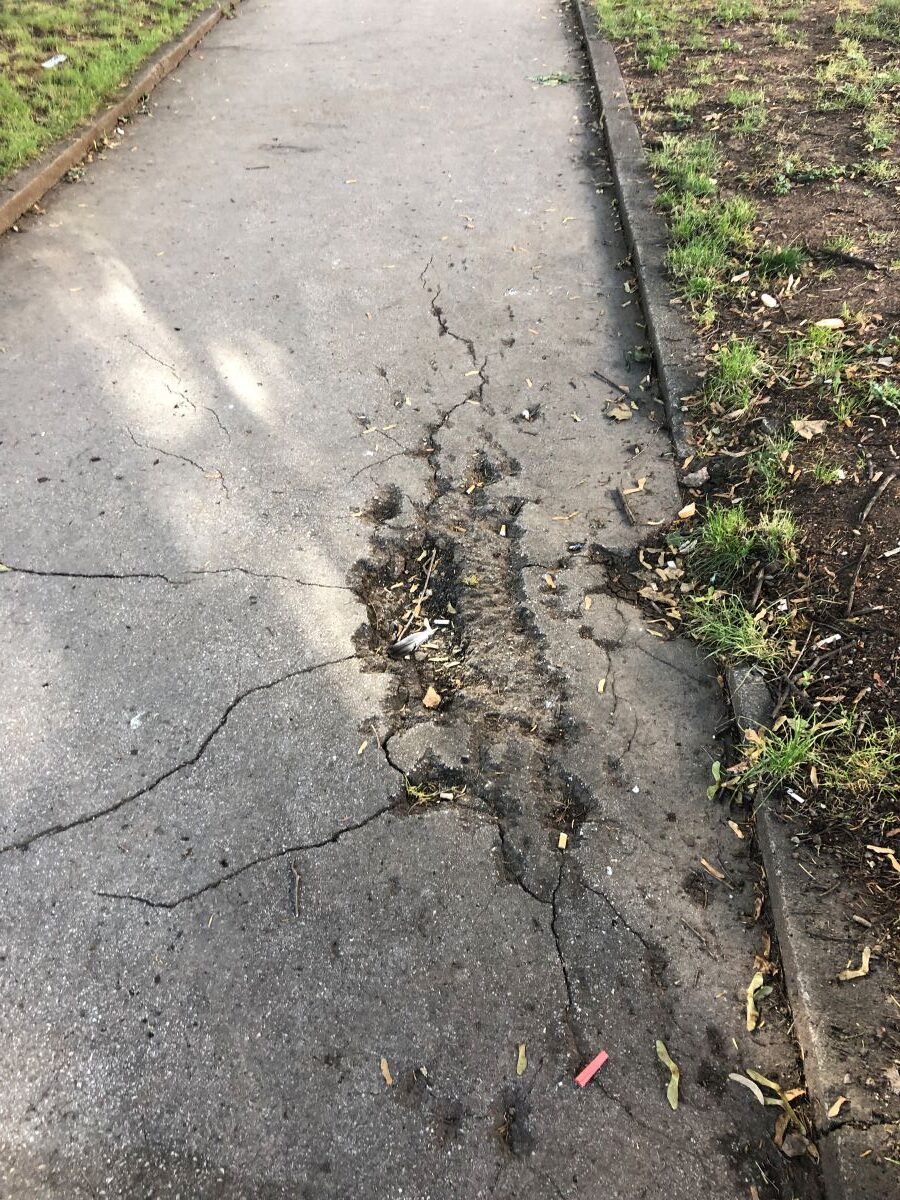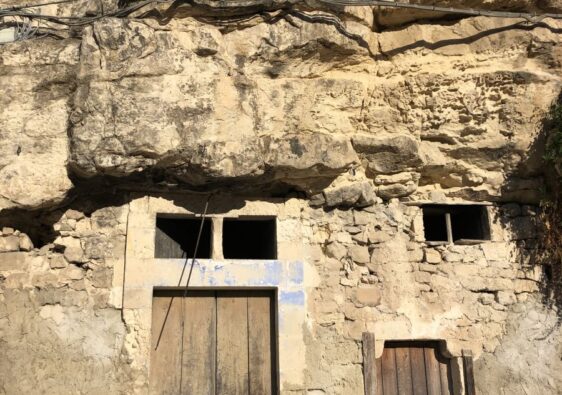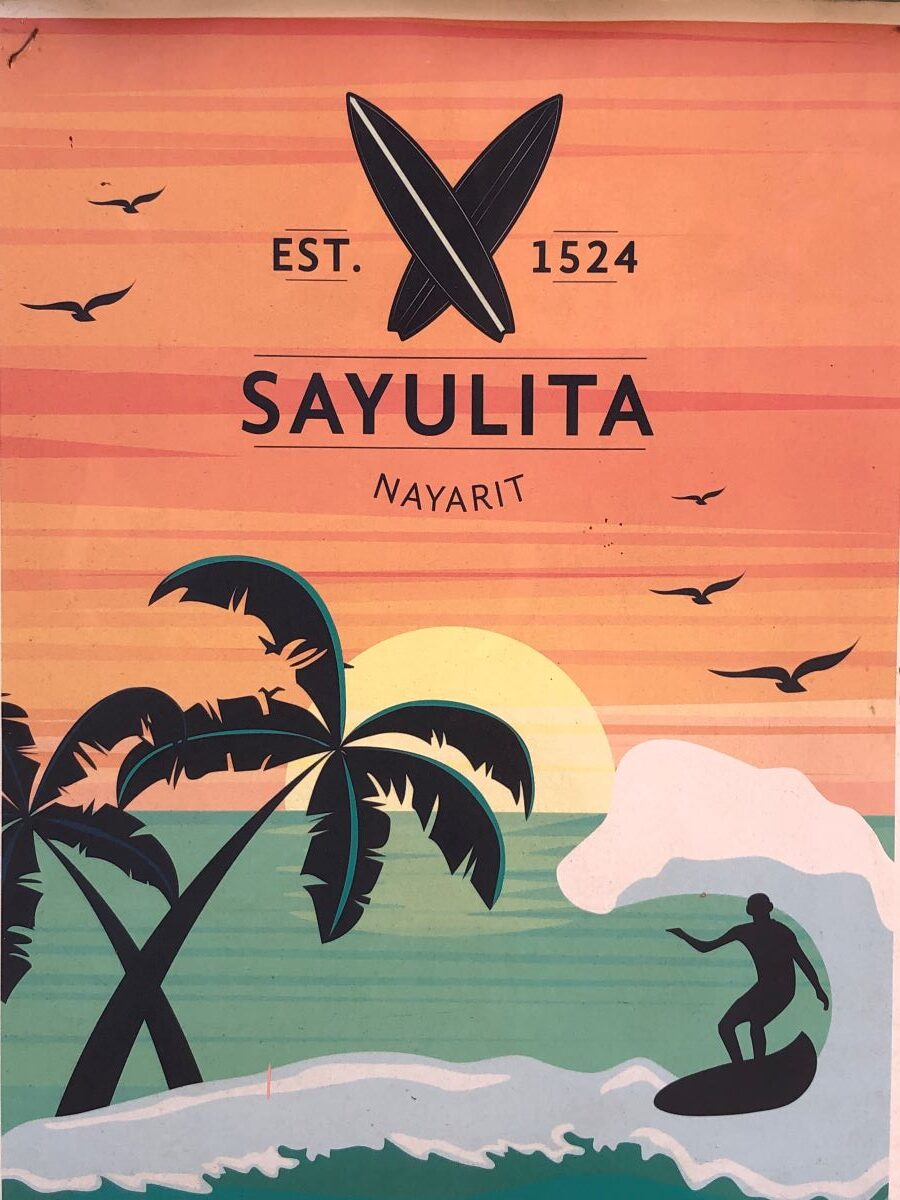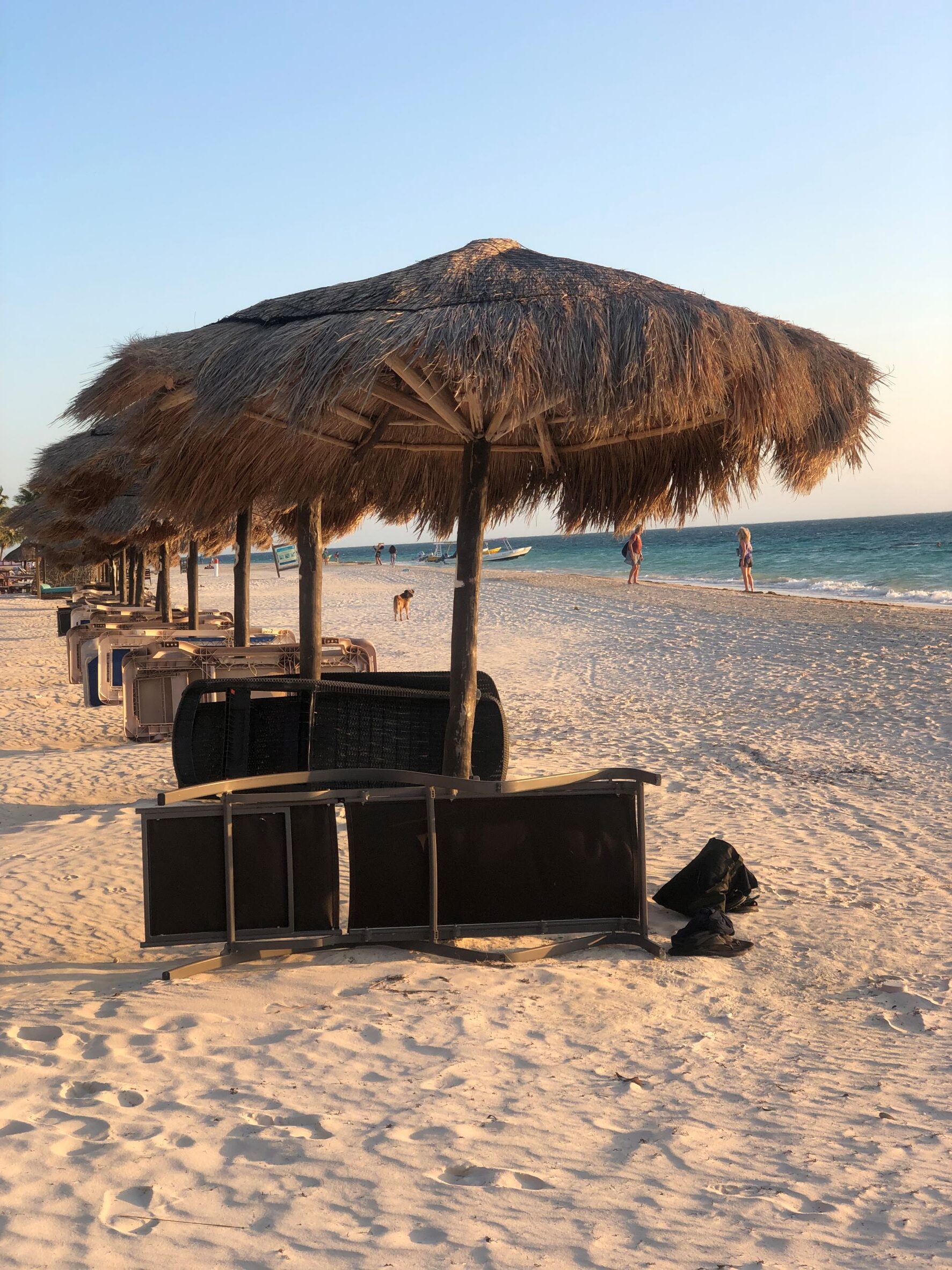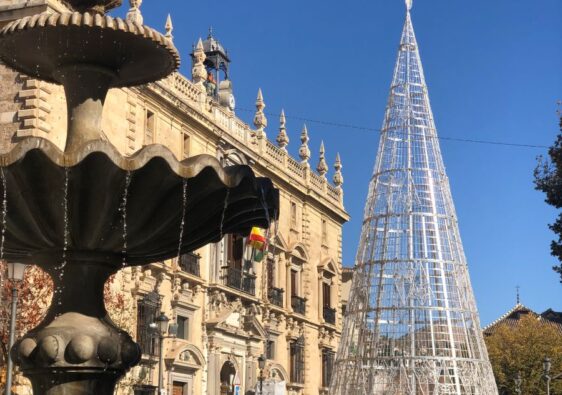This is my first experience, travelling to a destination that has been involved in a war in my lifetime. I was not expecting to see quite so much evidence, as almost 30 years has passed. But I encounter it everywhere. The grim reminders of the Siege of Sarajevo are humbling.

The Siege
Bosnia and Herzegovina declared their independence from Yugoslavia in 1992. The Bosnian Serbs, hoping to create their own state, surrounded Sarajevo with 13,000 troops and assaulted the city with tanks and artillery.
For three and a half years, over 500,000 bombs were dropped onto the city. Without heavy weapons or armour, the Bosnian government troops defended with city with their 35,000 troops.
Some 14,000 people were killed in the Siege.
Sarajevo Roses
There is a lot of evidence from these war years remaining in Sarajevo today. One such are the Sarajevo Roses. Visitors might notice, as they walk around town, red splatters on the ground and sidewalk.
These are the craters left by shell fire, in which 3 to 20 people were killed in that location. The scars have been filled in with red resin, and provide a stark reminder of the past.

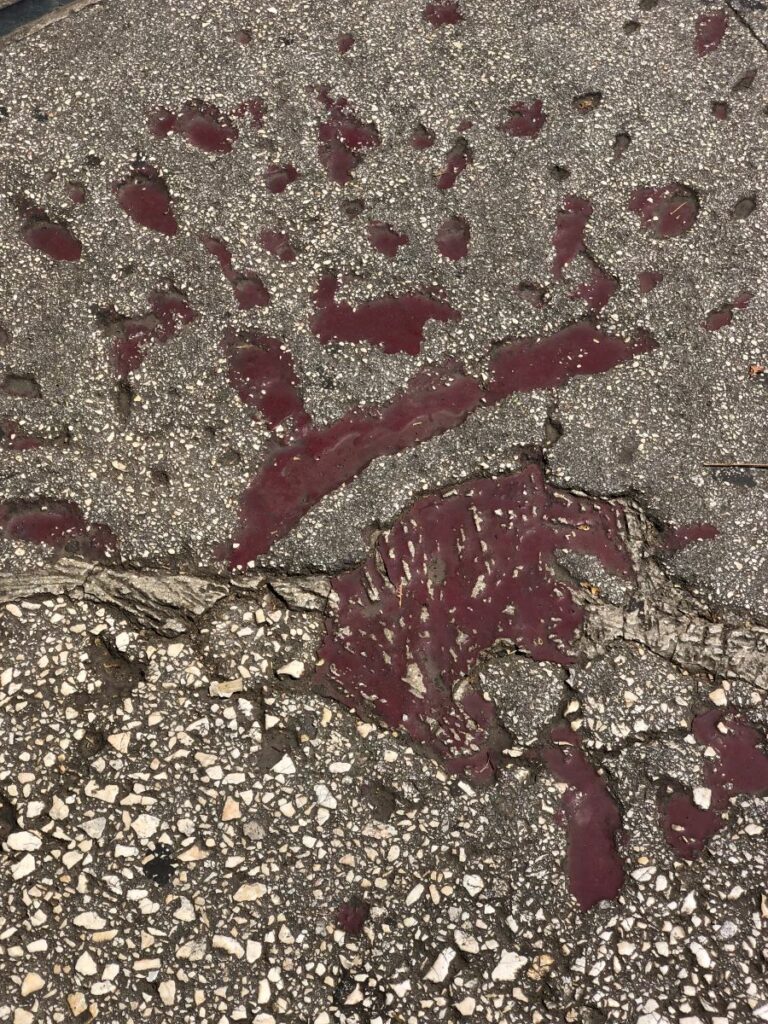
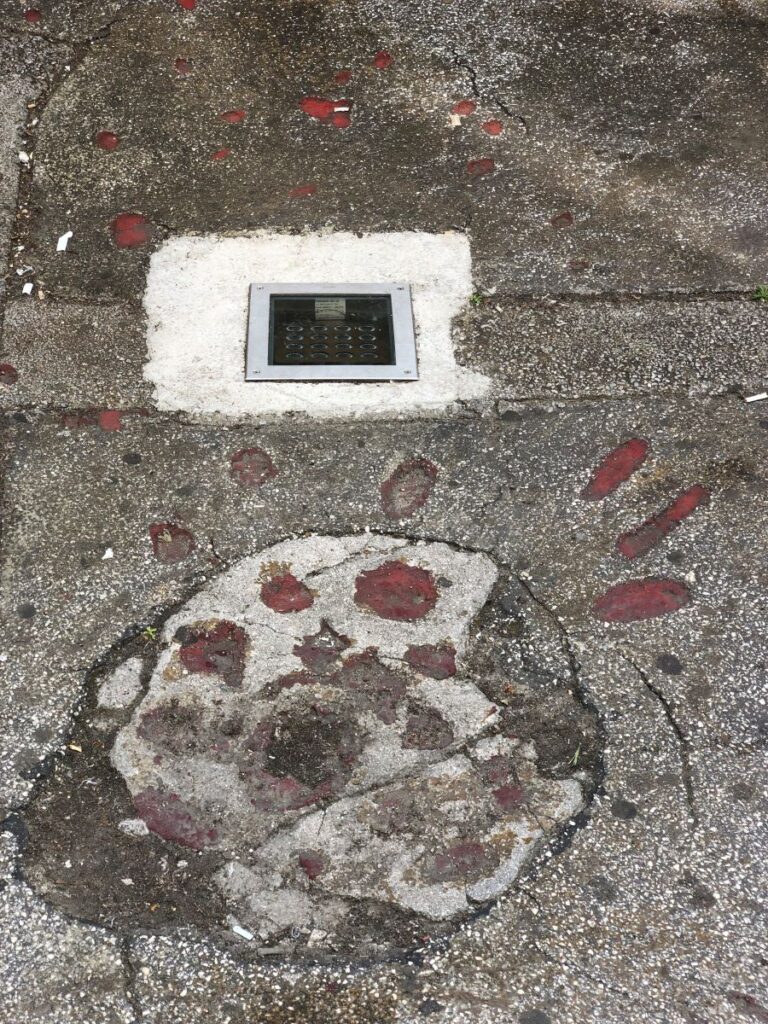
One particularly large area is right inside the historical Piljaca Marketa only steps from Old Town. Here you can still see the artillery shell embedded into the centre of the crater.
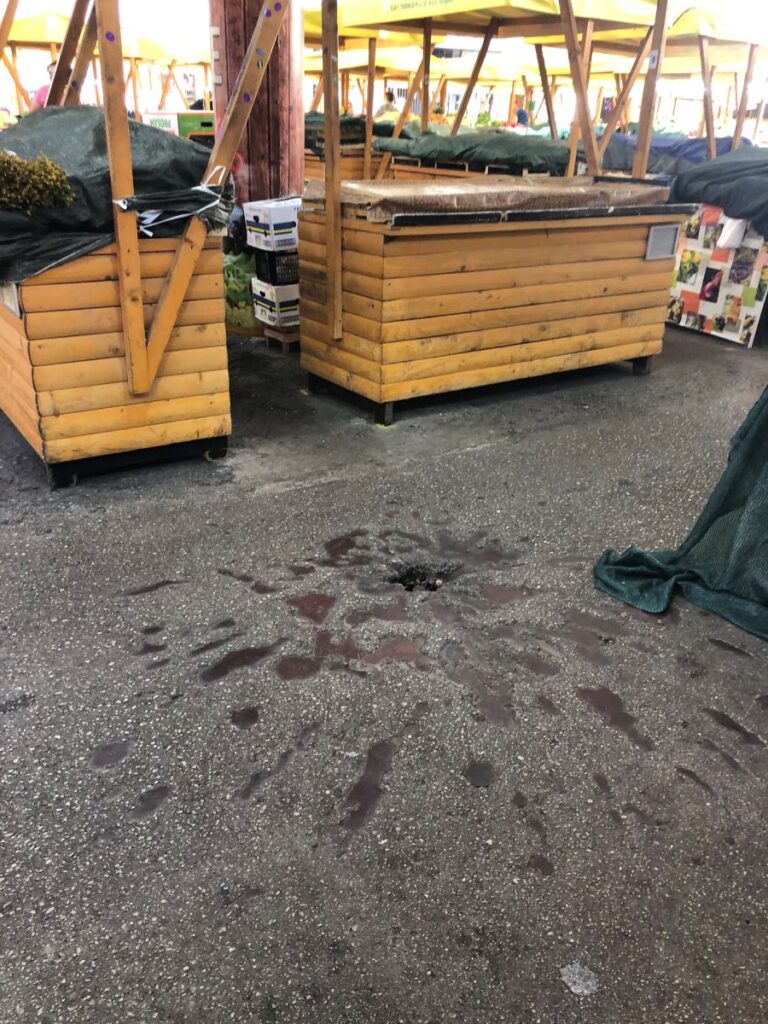

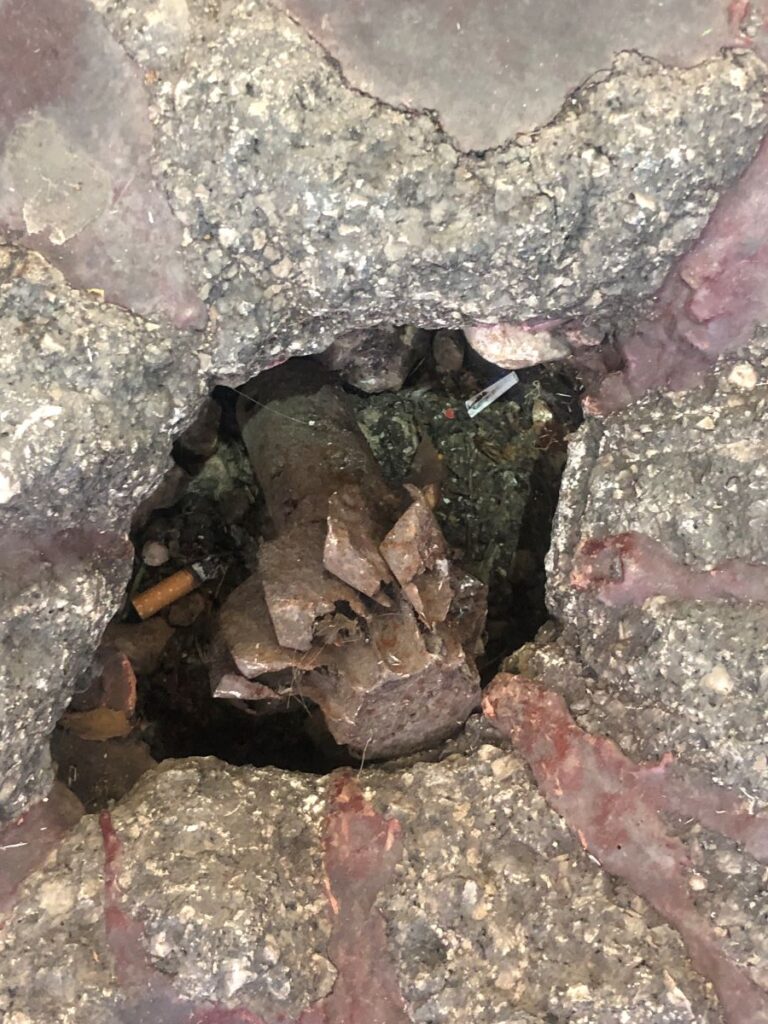
Bullet Holes
Walk anywhere outside of the centre of Old Town, and the bullet holes riddling the buildings becomes apparent very quickly. Most buildings have been repaired but there are still a number that remain splattered with holes and broken glass windows.
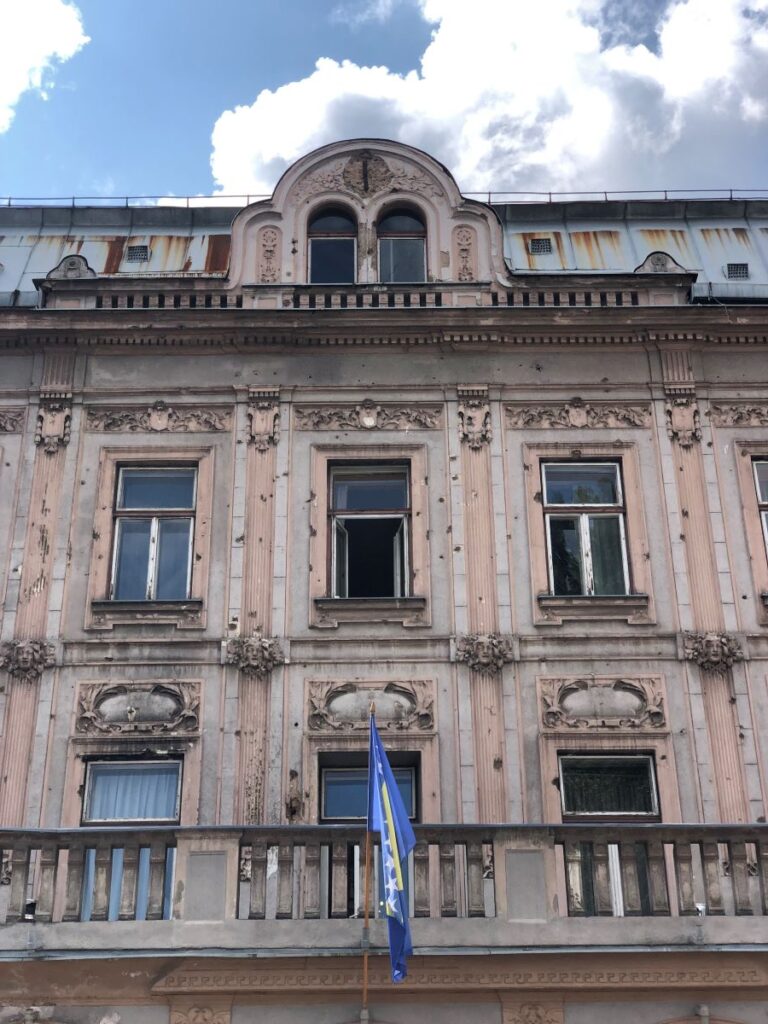

Larger Blasts
In some circumstances, large blast areas remain visible on the buildings too. These were more troublesome for me to see, as they appear so large and violent. All I could think about was the poor people inside those buildings when the blasts were making impact. The sounds must have been horrendously loud and the fear palpable.
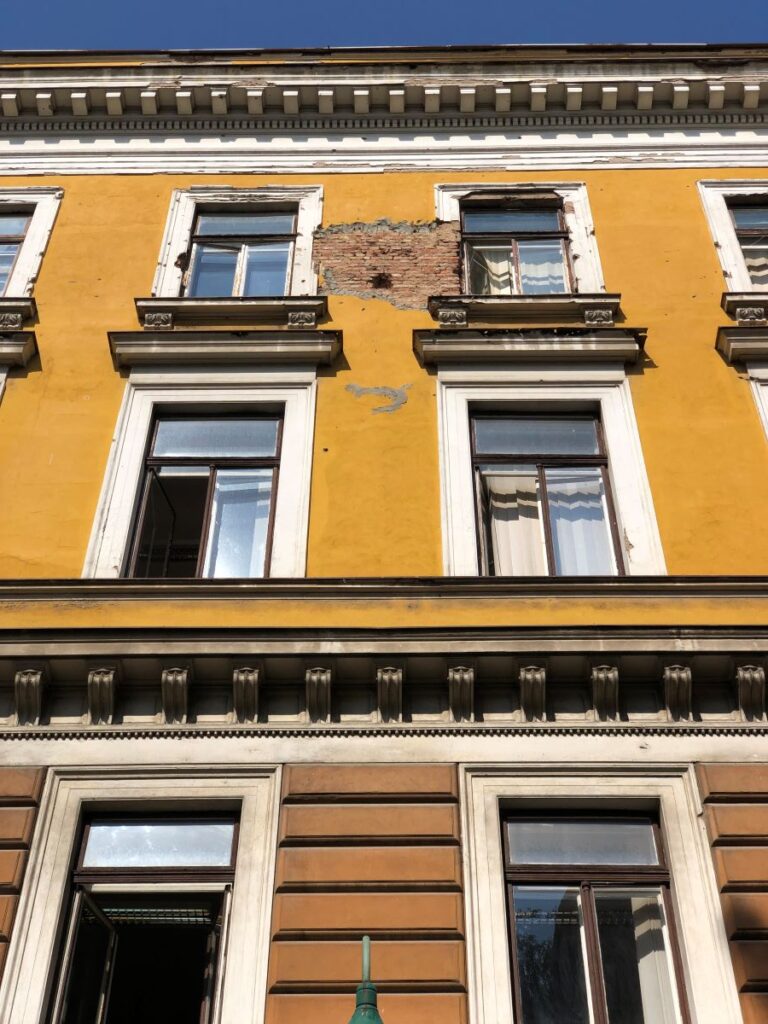
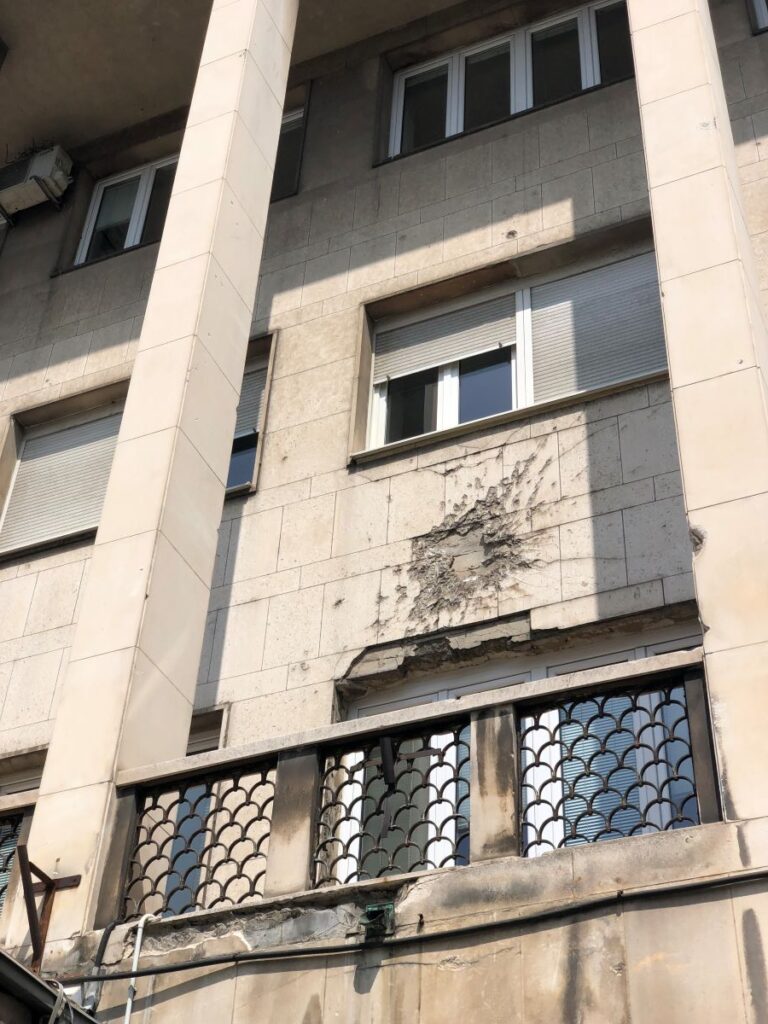
Old Jewish Cemetery
At the front line for the Bosnian Serbs positioned in the surrounding mountains was the Old Jewish Cemetery. Here there is an abundance of evidence of the fire taken, with tombstones and grave sites destroyed and blasted apart.
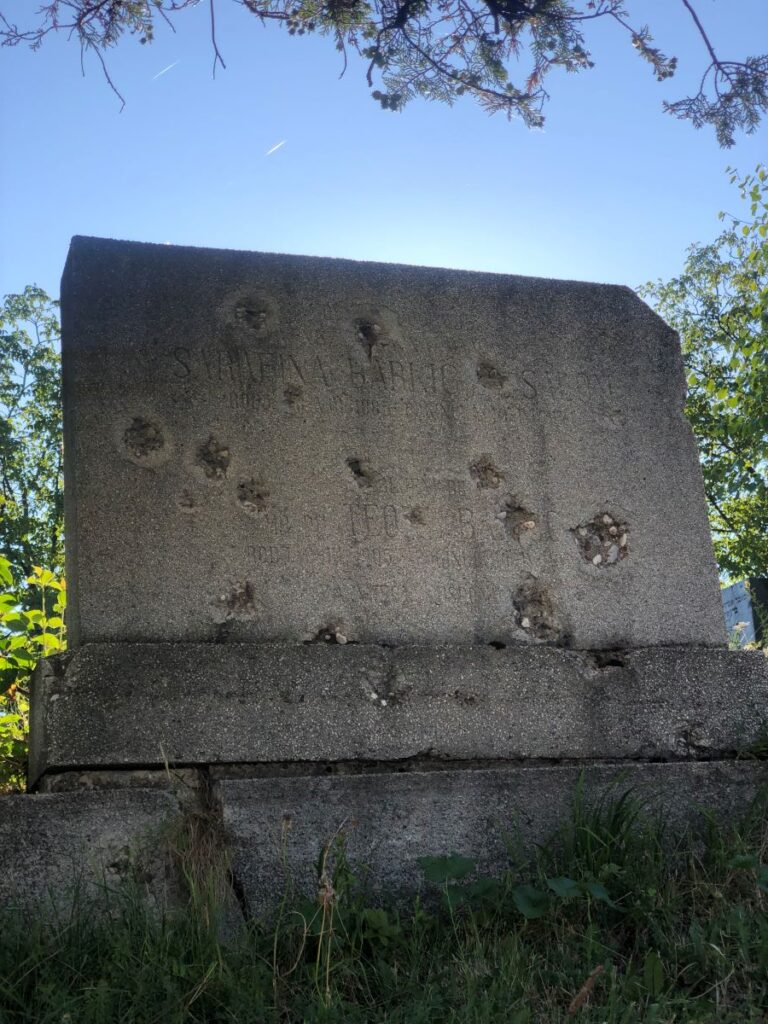
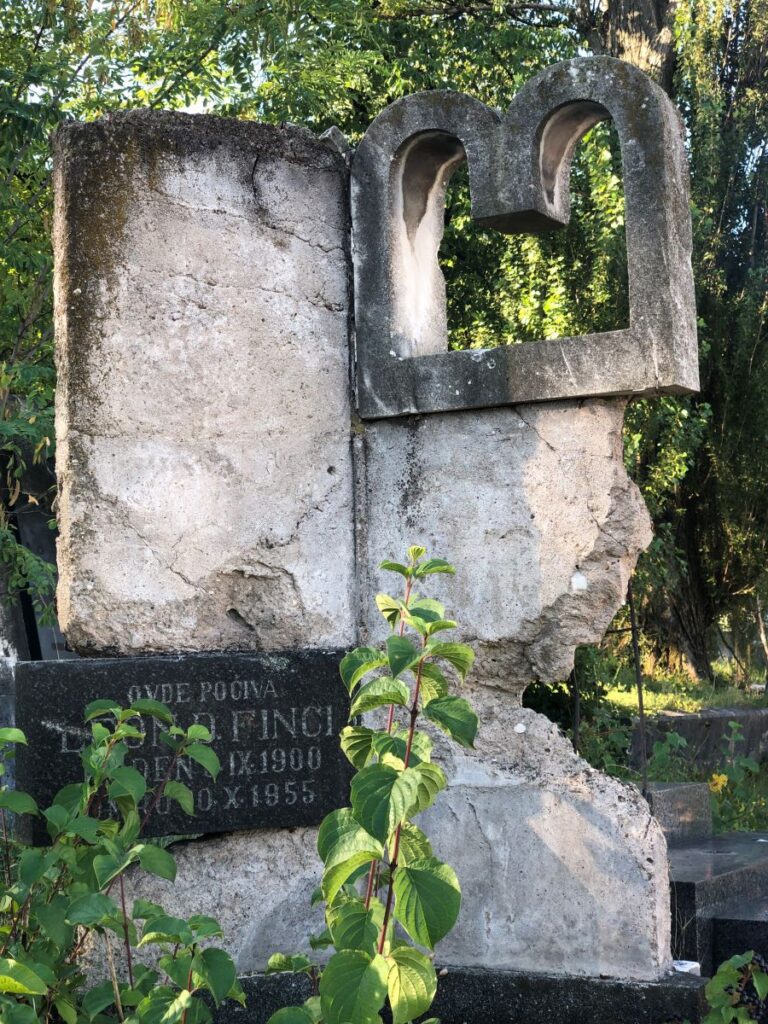

In 1996 this land was cleared of over 70 land mines and the trenches filled in. To walk around in this ancient cemetery, founded in 1630, is such a roller coaster of emotion and wonder.
Museums
There are a number of museums should visitors wish to see and engage in a more in-depth experience about the details of just what transpired during this time. I was not in the right mental state to take these on, so did not visit any on this trip. It was shocking and upsetting enough for me, just walking around and witnessing the visible signs of the war.
Pavement
One place that is particularly noticeable if you are prone to looking down as you walk along, are the sidewalks and pavement. There are so many places that show the scars of war. Walking around and exploring as much as I do, it was quite evident everywhere around town, just how many impact sites there must have been.
There are so many cemeteries in the city, mostly Muslim ones. Pause and look at the headstones, and reflect at just how many are dated between the years 1992 – 1996. Its absolutely heartbreaking and fills me with such a humbling sense of gratitude. Sarajevo, you have opened my eyes, made me reflect and shown me that humans are so incredibly strong and resilient.
